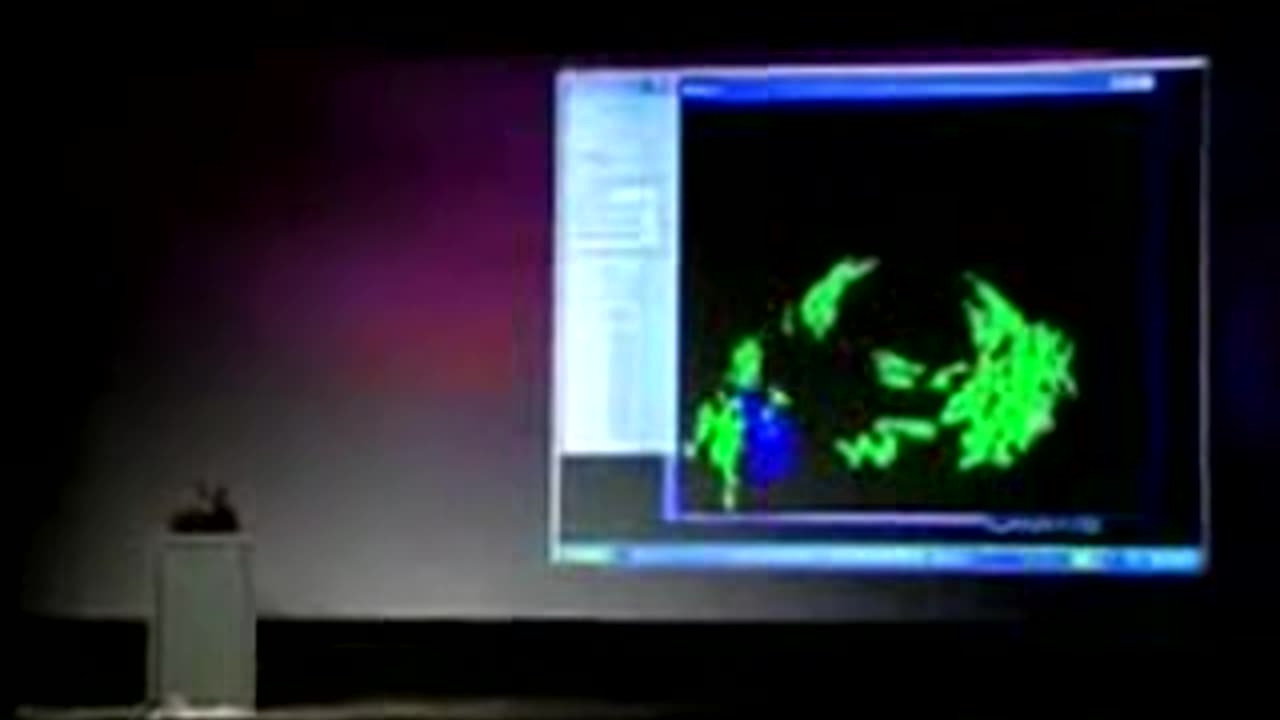Premium Only Content

Will Wright - Research and Astrobiology - 2006
Astrobiology is the study of life in the universe, in particular its “origin, evolution, distribution, and future in the universe.” [emphasis mine] Searches for biosignatures are searches for the results of interactions between life and its environment, and could be sensitive to even primitive life on other worlds. As such, these searches focus on the origin and evolution of life, using past life on Earth as a guide. But some of the most obvious ways in which Earth is inhabited today are its technosignatures such as radio transmissions, alterations of its atmosphere by industrial pollutants, and probes throughout the Solar System. It seems clear that the future of life on Earth includes the development of ever more obvious technosignatures. Indeed, the NASA Astrobiology Strategy 2015 document acknowledges “the possibility” that such technosignatures exist, but erroneously declares them to be “not part of contemporary SETI,” and mentions them only to declare that we should “be aware of the possibility” and to “be sure to include [technosignatures] as a possible kind of interpretation we should consider as we begin to get data on the exoplanets.” In other words, while speculation on the nature of biosignatures and the design of multi-billion dollar missions to find those signatures is consistent with NASA’s vision for astrobiology, speculation on the nature of technosignatures and the design of observations to find them is not. The language of the strategy document implies NASA will, at best, tolerate its astrobiologists considering the possibility that anomalies discovered in the hunt for biosignatures might be of technological origin. But there is no a priori reason to believe that biosignatures should be easier to detect than technosignatures—indeed, we have had the technology to detect strong extraterrestrial radio signals since the first radio SETI searchers were conducted in 1959, and today the scope of possibly detectable technosignatures is much larger than this. Furthermore, intelligent spacefaring life might spread throughout the Galaxy, and so be far more ubiquitous than new sites of abiogenesis. Life might be much easier to find than the NASA strategy assumes.
-
 10:10
10:10
Mrgunsngear
12 hours ago $6.12 earnedNew Trijicon MRO SD - The Best American Made Red Dot Optic?
38.1K10 -
 13:42
13:42
SantaSurfing
15 hours ago4/24/2025 - Part 1 on Endless Frontiers Efficient & Powerful Tesla Homes! Revolutionary!
53.9K53 -
 12:19
12:19
T-SPLY
17 hours agoDemocrats Start Economic War With El Salvador!
42.1K36 -
 3:14:44
3:14:44
TimcastIRL
11 hours agoDemocrat RAIDED After He's CAUGHT Harboring TERRORIST TdA Member, Wife ARRESTED
225K190 -
 2:42:29
2:42:29
RiftTV/Slightly Offensive
11 hours ago $25.42 earnedBabylon Bee Mocks Christianity in Con Inc War on "Christ is King" | Guest: Pastor Joel Webbon
86K81 -
 2:17:31
2:17:31
Laura Loomer
10 hours agoEP117: GOP Lets Radical Muslims Take Over Texas
48.9K76 -
 7:43:34
7:43:34
SpartakusLIVE
13 hours agoDuos w/ GloryJean on VERDANSK || #1 Most EATING Streamer
84.3K2 -
 7:25:28
7:25:28
Spartan (Pro Halo esports Player)
14 hours agoSdcrims no comms, then College match
78.7K1 -
 34:43
34:43
Stephen Gardner
12 hours ago🚨Trump Lawyer makes TWO HUGE ANNOUNCEMENTS | Benny Johnson
112K71 -
 2:17:31
2:17:31
Robert Gouveia
13 hours agoJudge BLOCKS Proof-of-Citizenship! Trump BACK to Supreme Court! Deportee Discovery STAYED!
103K36